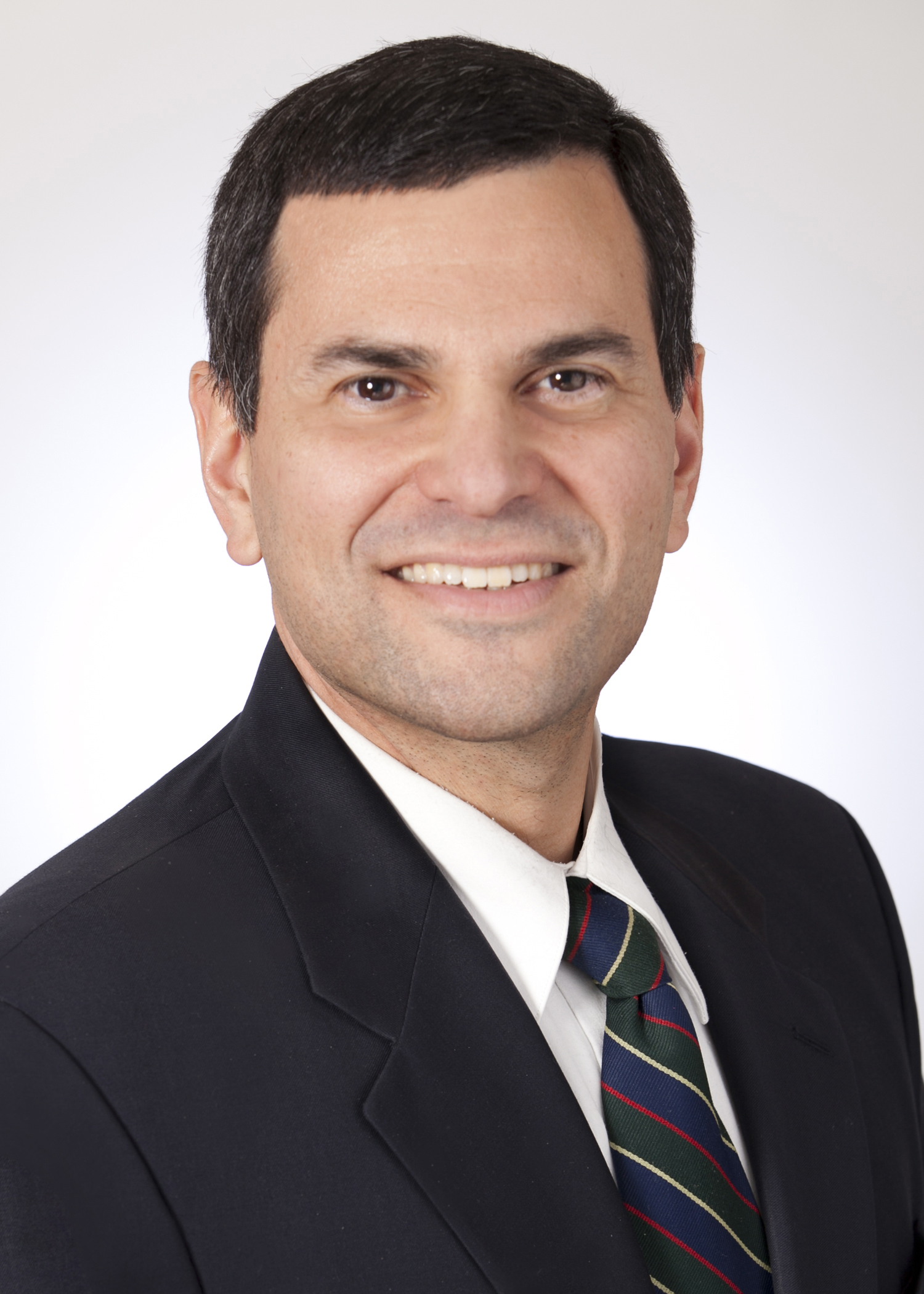Membership number is required for registration. Need your membership number email: Jen - jamiller@nysspe.org.
Not a member, Click Here for more information.
The intent of this presentation is to provide a basic primer on the design challenges for Offshore Wind Power Generation from the viewpoint of the needs for an onshore port facility to gather and store the components for offshore wind (towers, nacelles and blades) prior to transport and installation at offshore lease sites. Design for the onshore port must include considerable acreage, a high-capacity wharf and an adequately sized dredge basin. Ideally the distance to the offshore lease site is limited and there are no navigational obstructions, or other horizontal or vertical constraints caused by large component transportation. In addition, the operational requirements for the upland storage areas must consider tight restrictions on slope gradients and settlement criteria for the various components.
Numerous other challenges revolve around the ideal selection
and construction of the offshore wind foundations using very large floating
cranes and equipment for heavy picks. Offshore
foundations differ in type and appropriate selections include monopiles,
gravity structures, jacket/trusses or floating, with details and designs
depending on factors including water depths, soil conditions and available
installation and assembly equipment (such as Wind Turbine Installation Vessels
– WTIV’s).
Speaker:
Anthony M. DeVito, PE,
is an Associate Principal of Mueser Rutledge Consulting Engineers where he first
joined the company in 1989. From
2016-2018, he took a recess from Mueser to support the NYC DOB Forensic
Engineering Unit, where he became intimately familiar with building codes
and emergency response management.
Anthony has
a Bachelor of Science in Civil Engineering degree at Columbia University. He is a structural & geotechnical
engineer with 32 years of experience in designing excavation support,
bulkheads, & foundations for buildings, storage tanks, & transportation
facilities.
In his present role, he
directs teams of geotechnical & structural foundation/waterfront engineers
on numerous projects, including marine structures, transportation structures, &
buildings.
He has specialized in marine
engineering with a focus on inspection, rehabilitation, upgrades, and the design
of piers and other waterfront structures. This specialty covers
permitting, analysis of wave forces, ship berthing and mooring forces, and
structural upgrades to increase dredge depth.
Anthony has pioneered the use
of precast concrete & repeated pattern designs to improve the efficiency of
new platform construction and obtained schedule and cost savings.
Some of
his notable projects include:
§
Petro
Terminal de Panama Pacific Terminal, Puerto Armuelles, Panama
§
HRPT
Hudson River Park Trust, Piers 62 to 64 and 97, In New York City
§
Maryland
State Highway Authority Woodrow Wilson
Bridge Replacement, Washington DC
He has
published various papers, on LaQuardia
Airport D/B extension of the Runway Decks for Safety Improvements and the
Albany Wharf Modernization project.